This article was co-authored by wikiHow Staff. Our trained team of editors and researchers validate articles for accuracy and comprehensiveness. wikiHow's Content Management Team carefully monitors the work from our editorial staff to ensure that each article is backed by trusted research and meets our high quality standards.
There are 18 references cited in this article, which can be found at the bottom of the page.
This article has been viewed 21,700 times.
Learn more...
Figuring out how to best treat dyslexia can be frustrating and scary, whether it’s you dealing with it or someone you know. Although there is no cure for dyslexia, there are lots of ways to address it. If you’re a parent, talk to your child’s teacher about their teaching style. You can also help your child by working on their skills at home and creating a supportive environment. Don't worry, you don't have to do it all on your own. There are specialists and doctors who will be there to support you and your child. If you're an adult or student trying to cope with dyslexia, there are also ways for you to get some support.
Steps
Getting Help at School
-
1Talk to your child’s teacher about creating an Individual Educational Plan. An IEP is a way that your child can receive specialized education services. It will identify your child’s needs and describe the steps the school will take to meet them. An IEP can be really helpful for kids with dyslexia, so look into the evaluation process to get started.[1]
- Gather documents to support your request. You’ll need records such as test scores and medical records.
- Ask the principal to help you fill out the required forms. You’ll receive a response from the school district shortly after filing your request.
-
2Ask the teacher about informal supports. Maybe you’re not interested in a formal IEP. Instead, you can talk to the teacher about other ways they can help your child learn. Examples of informal supports include:
- Allowing the child to sit where they learn best.
- Allowing quick breaks (such as a trip to the water fountain) after finishing tasks.
- Giving extra time for tests and assignments.
- Making regular eye contact with the student.
Advertisement -
3Stay in regular contact with your child’s teacher. Be an advocate for your child by making sure that their needs are met. Check in with the teacher frequently to see how things are going. You can schedule appointments to meet face-to-face, or communicate via email or phone.[2]
- You can say things like, “How is Sally doing during reading time? Does she seem to be any less frustrated?”
- Remember to be courteous. Don’t try to tell the teacher how to do their job.
-
4Ask the teacher to tape the lesson. Your child might find it helpful to use different senses when they’re trying to retain information. If you have a tape of the lesson, your child can listen to it at home. Have them trace the letters of the words that are being spoken while they listen. Using their sight and ears can help them process the information.[3]
-
5Make sure your child has time for reading and spelling each day. It will help your child to practice writing in a variety of different formats. At school, this might include sending an email, writing in a journal, or writing on a large wall calendar. You can supplement the writing at school by doing some writing at home with your child, too.[4]
-
6Request a separate study space for your child. There are probably times during the school day when students are working independently. Talk to the teacher and request that your child be allowed to work in a designated quiet place. A study carrel would be an ideal space for your child to concentrate.[5]
- Ask if they can also wear headphones during study time. This can block out the noise and allow them to focus.
-
7Talk to the teacher about using worksheets. The teacher should be able to access worksheets online that will work great for dyslexic students. Worksheets that utilize word puzzles are especially helpful. Ask the teacher if they could try using worksheets that include puzzles like crossword puzzles and word searches.[6]
- You could also try these worksheets at home with your child.
-
8Ask the teacher to use word art in the classroom. Word art is a creative activity that allows your child to use their imagination to make words look interesting. For example, your child could make words using glitter, markers, and construction paper. This will help students retain spelling by using visual association.
Helping Your Child at Home
-
1Address the problem as soon as you suspect an issue. Early intervention is one of the best ways to treat dyslexia. If your child is diagnosed in kindergarten or first grade, they will generally be able to learn reading skills more effectively than kids diagnosed at an older age. Talk to your doctor if you notice your child has any of the following issues:[7]
- Starting to talk at a late age.
- Having trouble learning new words.
- Difficulty remembering names for colors or shapes.
- Reading below what is expected for that age level.
- Trouble comprehending what they have read.
-
2Read aloud to your child beginning at 6 months. Children will be able to more easily develop language skills if they are exposed to reading early on. It’s never to early to start. Just make sure you are reading to them by the time they are 6 months old.[8]
- With an older child, try listening to recorded books together. Then read the words on the page together.
-
3Encourage your child to read. The more your child reads, the more proficient they will become. Look for ways to make reading more enjoyable for your child. This will make them want to spend more time doing it.[9]
- For younger children, you could create a fun chart to track their progress. Put up a sticker each time they finish a chapter or book.
- For older kids, allow them to select books that jive with their interests. If your middle-schooler loves the Harry Potter movies, buy them the set of books.
-
4Give your child a dedicated study space and study schedule. If your child has a good place to study, it can help them concentrate. Set aside an area in your house just for them, such as a desk in their bedroom or a cozy reading corner in the den. A schedule will also help them stay on track. You could set aside an hour before dinner each day for reading or homework.[10]
-
5Use electronic games to improve reading skills. Embrace technology! There are tons of apps and websites that can make learning new skills lots of fun for your child. You could have your child try Words with Friends, Digging for Answers, or Frog’s Rhyming Machine.[11] Do a quick internet search to find some age appropriate games for your kid.[12]
- Video games might also stimulate the mind in a way that enhances reading skills. Don’t be so quick to take those game controllers away!
-
6Play the alphabet game when you are out running errands. This simple game is a great way to help kids connect words to real world objects. Have your child look for words or objects that begin with a specific letter. You can go in order from A-Z when looking for items.[13]
- For example, "B" could be bananas if you are at the grocery store.
-
7Play a matching game. You can create a variety of games using simple cards. For example, you could write words on one set of cards and then consonant sounds on another set. Spread them out and let your child have fun matching them up.[14]
- You can keep these cards super simple by just writing words on blank note cards.
- You can also jazz them up with neat pictures and fun colors.
-
8Join a support group for parents. You might feel a lot of pressure if you’re raising a dyslexic child, because they require extra support and resources. You’re not alone! Check with your doctor to see if there are any support groups in your area. These groups can provide emotional support as well as useful information.[15]
Seeking Help from a Specialist
-
1Find a reading specialist for your child. Reading specialists are teachers who have special training in helping students who struggle with reading. If your school has a reading specialist on staff, request that your child regularly work with them. If your school doesn't retain a specialist, you can look for one on your own.[16]
- Advertise on community notice boards for a private tutor. Specify that you are looking for a reading specialist.
-
2Take your child to a speech-language pathologist (SLP). An SLP can help your child with a wide range of issues, such as comprehension and communication. You can ask your doctor for a referral to an SLP who specializes in dyslexia. They will work with your child one on one to address their specific challenges.[17]
-
3Hire a private tutor. Ask the staff at your school to recommend a tutor who has lots of experience working with dyslexic students. You want to find one with experience in multisensory language education (MSLE). The tutor should set clear goals and provide you with regular updates.[18]
- Students can usually benefit from tutoring starting in 2nd or 3rd grade.
- Try to set a tutoring schedule of 2-3 times a week for 1 hour.
Dealing with Co-Diagnoses
-
1Consider cognitive behavioral therapy for anxiety and depression. Other issues often go along with dyslexia. Two of the most common co-diagnoses are anxiety and depression. If your child is struggling, seek out a therapist. Cognitive behavioral therapy is essentially talk therapy. Your child can learn to cope with anxiety and depression by talking about their feelings [19]
- The therapist might teach your child to reframe negative thoughts. For example, if your child says, “I feel stupid,” the therapist might help them change that to, “I’m trying really hard to learn in the best way that I can.”
-
2Try behavior therapy for ADHD. ADHD is another common co-diagnosis. Behavior therapy can help your child replace negative behaviors with more positive ones. Ask your doctor to recommend a therapist who has experience working with children with dyslexia.[20]
- The therapist might help you create a rewards system to acknowledge positive changes in behavior. This could include a progress chart or treats like extra screen time.
-
3Ask about medication. Your child might benefit from medication for anxiety, depression, or ADHD. ADHD medications, for example, can help your child’s brain communicate more effectively with other parts of the brain. Talk to your child’s doctor about whether or not medication is appropriate.[21]
- Be aware of common side effects of medications your doctor recommends, which could include irritability, being unable to sleep, and increased anxiety.
References
- ↑ https://kidshealth.org/en/parents/iep.html
- ↑ https://www.understood.org/en/articles/8-tips-for-talking-to-your-childs-teacher-about-dyslexia
- ↑ https://childmind.org/article/understanding-dyslexia/
- ↑ http://dyslexiahelp.umich.edu/professionals/dyslexia-school/strategies-for-teachers
- ↑ http://dyslexiahelp.umich.edu/professionals/dyslexia-school/strategies-for-teachers
- ↑ https://www.understood.org/en/articles/at-a-glance-classroom-accommodations-for-dyslexia
- ↑ https://www.nhs.uk/conditions/dyslexia/symptoms/
- ↑ https://kidshealth.org/en/parents/reading-babies.html
- ↑ https://childmind.org/article/understanding-dyslexia/
- ↑ https://childmind.org/article/understanding-dyslexia/
- ↑ http://dyslexiahelp.umich.edu/tools/fun-games-for-dyslexics
- ↑ https://www.apa.org/topics/learning-memory/dyslexia-video-games
- ↑ https://parents.education.govt.nz/primary-school/learning-at-school/how-to-support-a-child-with-dyslexia/
- ↑ https://www.understood.org/en/articles/12-tips-to-help-kids-with-dyslexia-learn-sight-words
- ↑ http://dyslexiahelp.umich.edu/tools/informational-websites
- ↑ https://www.understood.org/en/articles/what-is-a-reading-specialist
- ↑ https://www.understood.org/en/articles/speech-language-pathologists-what-you-need-to-know
- ↑ https://www.understood.org/en/articles/tutoring-kids-with-dyslexia-what-you-need-to-know
- ↑ https://www.understood.org/en/articles/faqs-about-cognitive-behavioral-therapy
- ↑ https://www.understood.org/en/articles/adhd-and-behavior-therapy-what-you-need-to-know
- ↑ https://www.understood.org/en/articles/types-of-adhd-medications
About This Article
To treat your child’s dyslexia, talk to their teacher about ways they can help, schedule time to help with your child at home, and create a dedicated work environment so they can stay focused. When you talk to their teacher, ask them about letting your child have extra time for tests and assignments, and using worksheets designed for children with dyslexia. At home, try to encourage your child to read as often as possible, which will help them learn quicker. Read to your child or listen to audiobooks together while following the words in the book to help them understand how they look and sound. You can also create a dedicated study space for your child with their own desk, since this will help them avoid distractions. For more tips, including how to help your dyslexic child deal with additional disorders, such as ADHD and anxiety, read on!


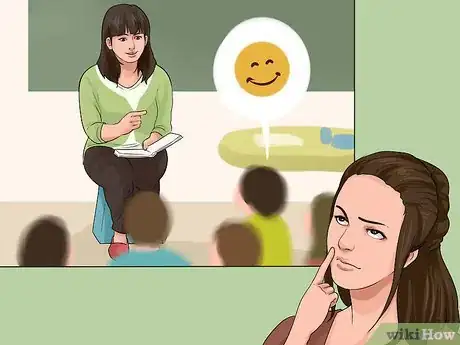


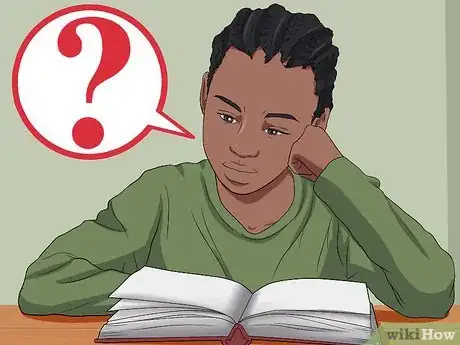
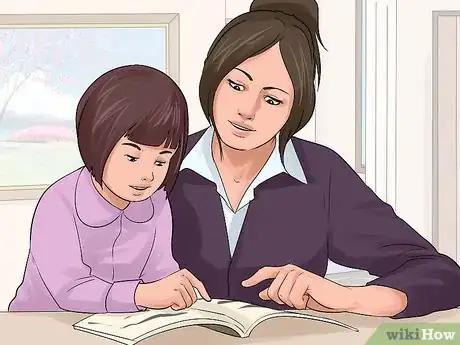
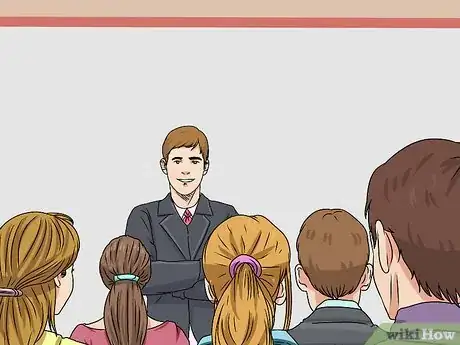
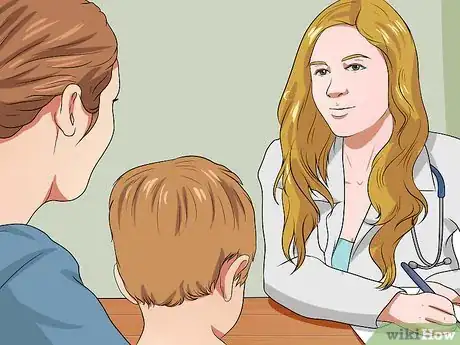
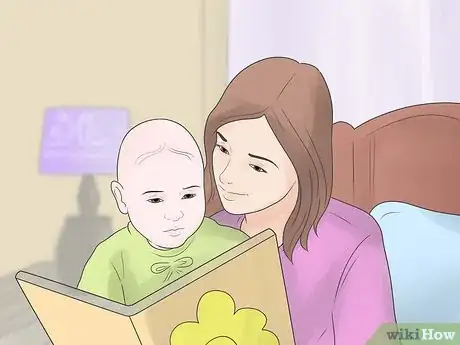
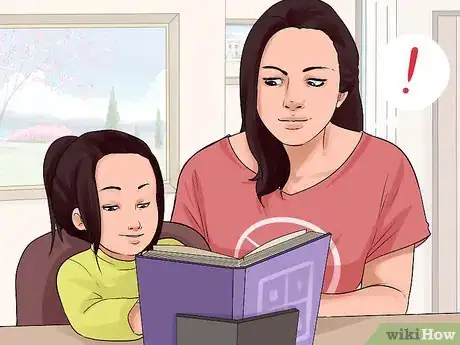
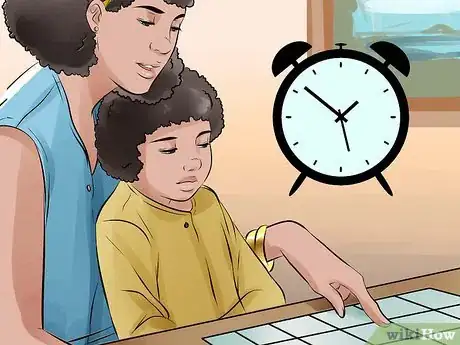



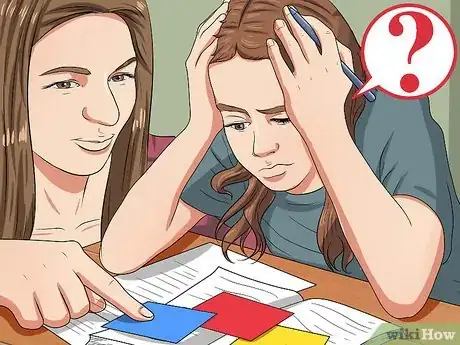





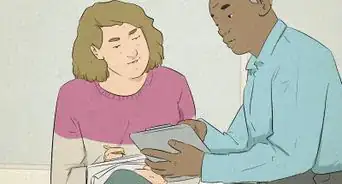






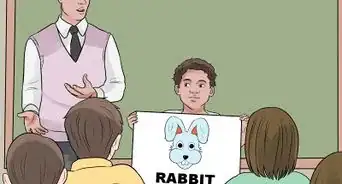















































Medical Disclaimer
The content of this article is not intended to be a substitute for professional medical advice, examination, diagnosis, or treatment. You should always contact your doctor or other qualified healthcare professional before starting, changing, or stopping any kind of health treatment.
Read More...